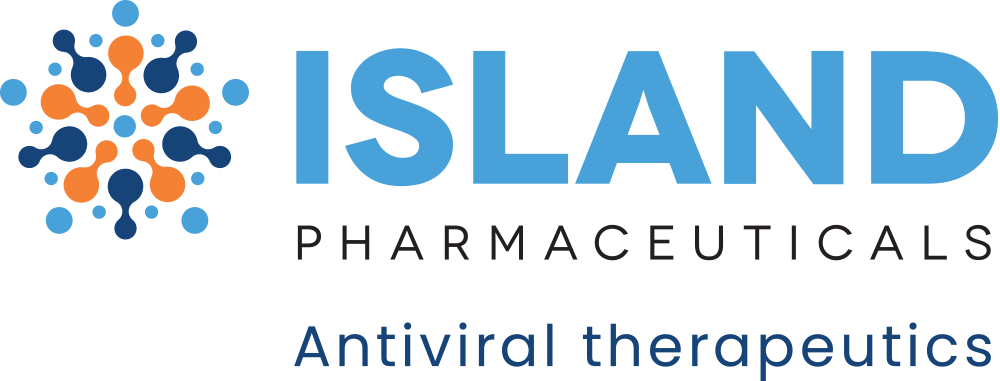.png)
NOTICE
It has come to the company's attention that unauthorised individuals may be falsely claiming to represent Island Pharmaceuticals Limited in employment offers and recruitment communications. Please be advised that all legitimate employment opportunities are advertised through official company channels, the company's social media channels and via authorised recruitment partners.
Island Pharmaceuticals Limited will never request payment, personal financial information, or conduct interviews via unofficial platforms. If you receive a suspicious message or offer, please report it to us immediately at henry.jordan@sdir.com.au
Your safety and security are important to us.
Kind regards,
Island Pharmaceuticals Limited
Quick Links
Contact Us
Island Pharmaceuticals
Suite 201, 697 Burke Road
Camberwell, Victoria 3124
